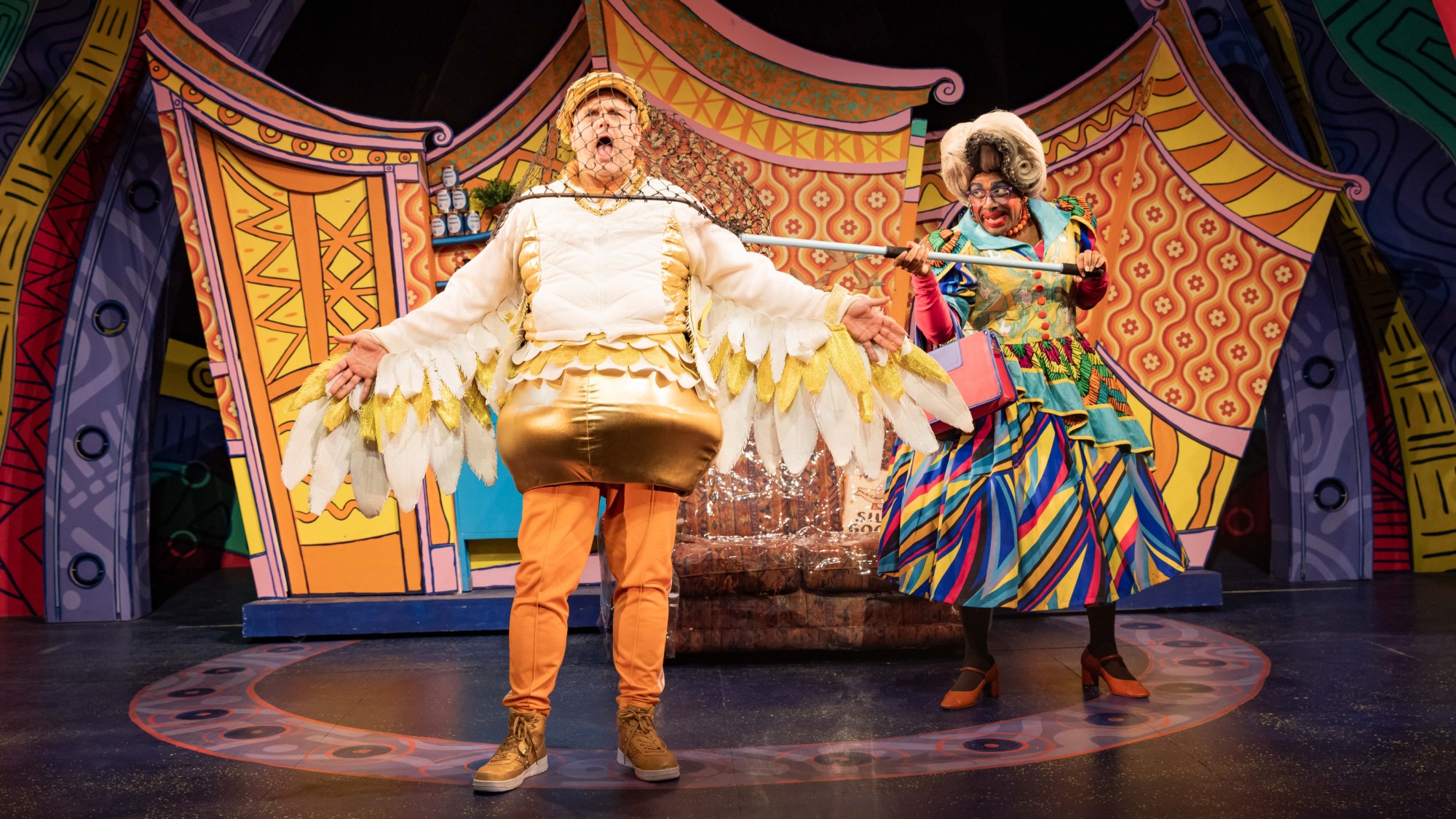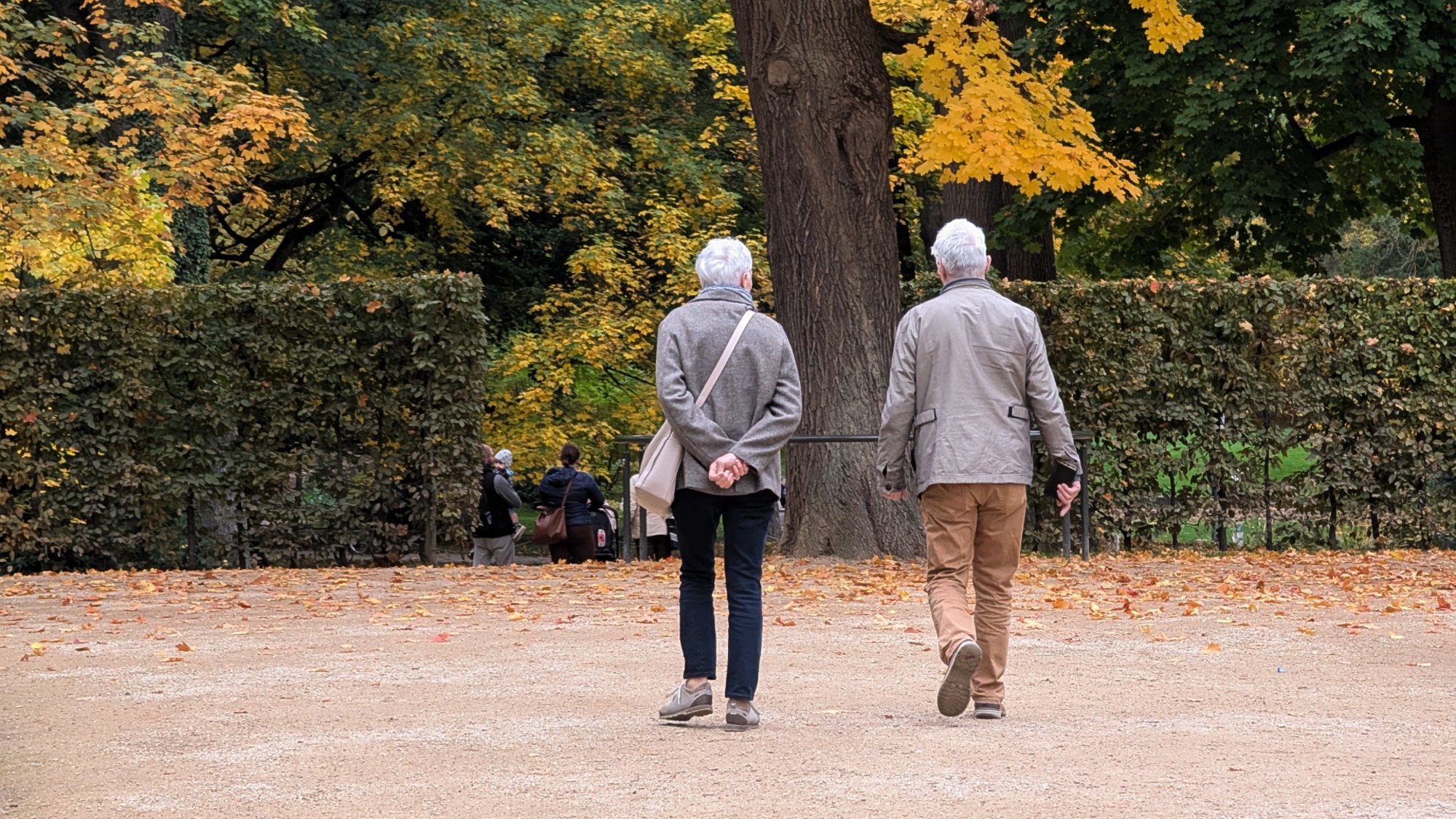Review of reviews: Art
Eero Saarinen: Shaping the Future
Eero Saarinen: Shaping the Future
National Building Museum
Washington, D.C.
The Week
Escape your echo chamber. Get the facts behind the news, plus analysis from multiple perspectives.

Sign up for The Week's Free Newsletters
From our morning news briefing to a weekly Good News Newsletter, get the best of The Week delivered directly to your inbox.
From our morning news briefing to a weekly Good News Newsletter, get the best of The Week delivered directly to your inbox.
Through Aug. 23
Creating buildings that capture the public imagination is difficult, said Philip Kennicott in The Washington Post, but “nobody did it with more flair” than Eero Saarinen. The Finnish-born architect—who devised such iconic symbols of “mod-Americana” as TWA’s futuristic terminal at JFK airport and the St. Louis Memorial Arch—helped soften the hard-edged modernist forms that dominated architecture in the 1950s. But a new exhibition at the National Building Museum suggests that Saarinen’s biggest influence on architecture may not have been his curved, sculptural forms; rather, it was the way he turned himself into a sort of brand. The “breadth of his practice, his fondness for ‘iconic’ forms, his forays into furniture and design”—but primarily his sophisticated self-promotion—made him one of the first celebrity architects.
This is “the museum’s best exhibit in years,” said Deborah K. Dietsch in The Washington Times. It shows how deeply Saarinen was influenced by “the form-follows-function philosophy” of such architects as Frank Lloyd Wright and Mies van der Rohe. At the same time, it underscores how he “expanded their vocabulary by embracing the latest materials of his day—Cor-Ten steel, neoprene gaskets, mirrored glass—to create buildings in sync” with the jet age. Unlike most modernist architects, Saarinen wasn’t afraid to imitate earlier architecture, such as the Pantheon in Rome or the Great Mosque in Cordoba, Spain. Yet somehow this Finnish immigrant united all these disparate influences “to capture a quintessentially American, optimistic spirit in confident, futuristic structures.”
A free daily email with the biggest news stories of the day – and the best features from TheWeek.com
-
 The UK’s best Christmas pantos
The UK’s best Christmas pantosThe Week Recommends Dive into the festive cheer, even into the new year, with some traditional favourites and modern twists
-
 The longevity economy is booming as people live longer
The longevity economy is booming as people live longerThe Explainer The sector is projected to reach $27 trillion by 2030
-
 Codeword: December 11, 2025
Codeword: December 11, 2025The daily codeword puzzle from The Week
-
If/Then
feature Tony-winning Idina Menzel “looks and sounds sensational” in a role tailored to her talents.
-
Rocky
feature It’s a wonder that this Rocky ever reaches the top of the steps.
-
Love and Information
feature Leave it to Caryl Churchill to create a play that “so ingeniously mirrors our age of the splintered attention span.”
-
The Bridges of Madison County
feature Jason Robert Brown’s “richly melodic” score is “one of Broadway’s best in the last decade.”
-
Outside Mullingar
feature John Patrick Shanley’s “charmer of a play” isn’t for cynics.
-
The Night Alive
feature Conor McPherson “has a singular gift for making the ordinary glow with an extra dimension.”
-
No Man’s Land
feature The futility of all conversation has been, paradoxically, the subject of “some of the best dialogue ever written.”
-
The Commons of Pensacola
feature Stage and screen actress Amanda Peet's playwriting debut is a “witty and affecting” domestic drama.